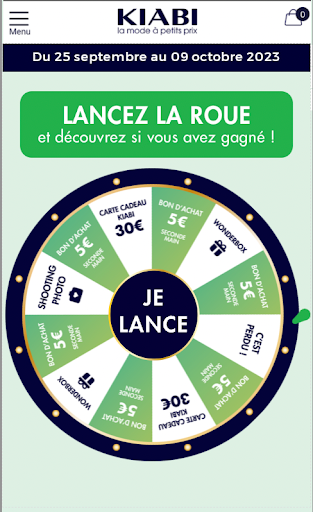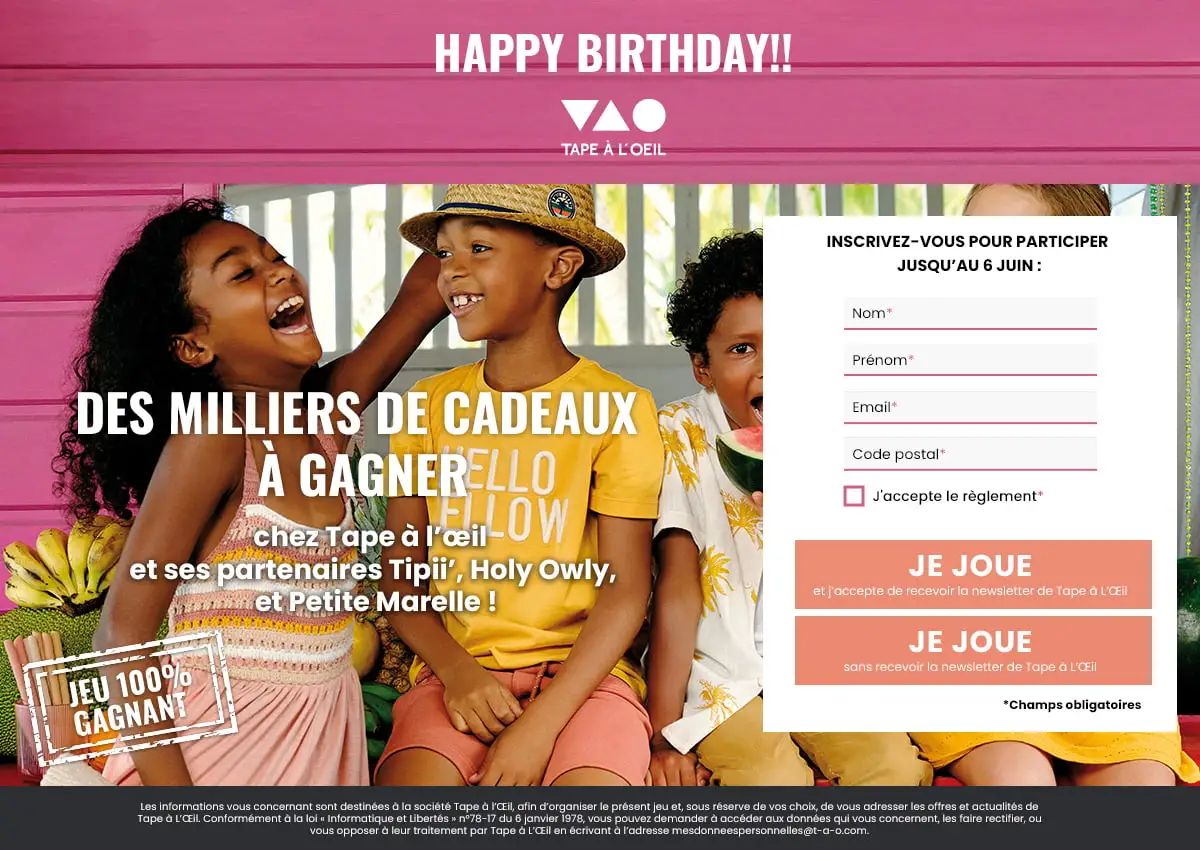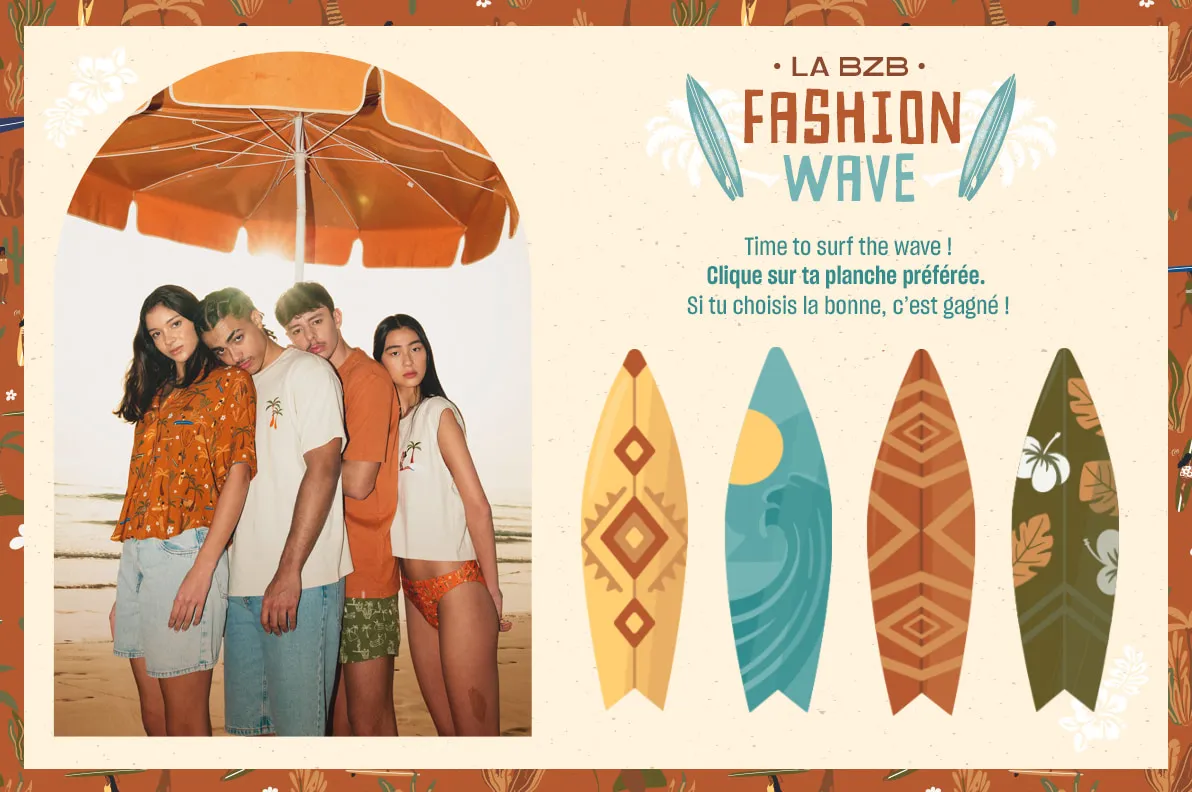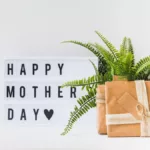Fashion marketing has always faced unique challenges. Brands must constantly adapt to new trends, including consumer trends. It has also become increasingly complex to identify the marketing messages and channels that can most effectively target existing customers and potential new markets.
Gamification – incorporating game-based elements into your marketing strategy – is proving to be one of the most effective ways of meeting today’s challenges. It’s an excellent way of facilitating interaction with consumers who are increasingly demanding authenticity. But gamifying your shopping experience, both online and offline, is also a way of updating your branding and modernising your brand image.
In this article, we’ll be looking at how fashion marketing can successfully update itself through gamification. We’ll look in detail at the different stages of the customer journey that can benefit from the introduction of game mechanics to help brands achieve their objectives.
The key issues in fashion marketing
The buying behaviour of fashion consumers has changed enormously in recent years. In particular, they have been transformed by the arrival of e-commerce, but also by the pandemic.
New players have also entered the fashion market. Those known as DNVBs (Digital Native Vertical Brands) have rapidly competed with the more established brands, creating from the outset a strong connection, particularly online, with a highly engaged community of customers.
The channels through which consumers discover fashion are no longer the same. Yet fashion marketing has had to adapt to digital, and social networks in particular. Luxury brands, for example, have undergone a major change in their branding and communication codes by moving onto media such as TikTok.
The rise of young Gen Z consumers has also dramatically reshuffled the deck. Fashion marketing that relied on inaccessible muses has given way to influencers and UGC (User Generated Content), and therefore to more authentic communication and less retouched visuals.
Inclusiveness, digitisation and data collection
The values of inclusiveness, transparency and sustainability are now central to standing out from the crowd and winning the loyalty of consumers (particularly younger ones). Fashion brands therefore need to review not only their production chain, but also their product range (by including unisex clothing and accessories, for example) and the values they stand for.
Finally, the explosion of online shopping also poses challenges for fashion marketing. The introduction of an omnichannel customer journey, which can start in-store (for consideration), continue online (for purchase) and return to retail (for returns management) also involves a change in marketing paradigm.
Brands therefore need to open up to more fluid, test-and-learn marketing strategies in order to adapt to all these upheavals. The issue of data and knowledge of their audience will also be decisive in adopting a positioning and offering that is aligned with their customers’ expectations.
Why gamify your fashion brand?
Gamified marketing is a strategy that involves using games to strengthen the conversion funnel. Integrating interactive and playful elements into the customer journey is a way of arousing consumer interest, effectively conveying brand values and encouraging users to move from consideration to purchase.
In a demanding sector like fashion, gamification can provide a competitive advantage that will prove crucial in standing out from the crowd and encouraging consumers to buy from your brand.
Easy to integrate into every stage of the sales funnel, playable marketing addresses a number of issues specific to fashion marketing.
Strengthen your branding
In a sector undergoing rapid transformation and faced with a multiplication of communication channels, the main challenge for fashion brands is to successfully update their branding to attract an increasingly demanding clientele.
Luxury brands in particular have understood the appeal of gamification as a way of rebranding themselves to a younger audience.. Elles ont par exemple puisé dans de nouveaux outils comme la métaverse ou les NFT pour séduire les jeunes consommateurs (et même plus directement les amateurs de gaming).
Some have offered digital versions of their most iconic pieces to dress up your video game avatar. Another interesting user case is the fashion shows organised in the metaverse, which have democratised events that were previously considered elitist. As a result, brands have been able to significantly increase the reach and visibility of their catwalk shows.
Without using such advanced technologies, brands can reinforce their branding with more low-fi gamification mechanisms such as a wheel of fortune. C’est le choix qu’a fait Kiabi. La marque de mode a lancé une opération ultra engageante dédiée à la mise en avant de son offre de seconde main, lancée en 2020. Le but de la campagne était de faire grandir et rayonner cette offre. Mais aussi de moderniser l’image de Kiabi by communicating its commitment to make fashion sustainable and socially responsible.

Boosting community involvement
Gamification is not just a way of democratising fashion marketing. On the contrary, it can be an excellent way of reinforcing a sense of belonging to an exclusive community. Kenzo, for example, gave a limited number of its most loyal customers ’accéder à son propre jeu. Les utilisateurs devaient ensuite vaincre leurs adversaires pour espérer remporter 100 paires exclusives de sneakers Sonic.
Tape à l’Oeil, for its part, relied on playable marketing to attract new customers. For its anniversary, it set up a Wheel of Chance 100% winning in France and Belgium. The campaign generated 48k opt-in leads, which it was then able to reactivate and turn into customers by distributing prizes.

Increase the visibility of a new collection
As we have already mentioned, organising fashion shows in the metaverse or through interactive video games is an excellent way of reaching a new audience and boosting the launch of a product or a new collection. This is what Balenciaga has done, for example, by forming a partnership with the game Afterworld: The Age of Tomorrow.
The interactive format offered by gamification allows users to discover clothes in a much more immersive context. In this case, they could navigate in a virtual reality with characters dressed from head to toe in the new collection.
The BZB brand also relied on playable marketing, via the Flip & Win mechanism, to launch its summer collection and generate new leads.

Increase sales through promotions
Reward systems specific to video games can also be powerful conversion levers. In fashion marketing, this logically take the form of promotions, vouchers or other benefits to encourage participants to place orders with the brand.
Les mécaniques de type instant gagnant sont idéales pour booster la viralité de sa campagne marketingbut above all, it’s about turning participants into buyers. The opportunity to win discount vouchers will generate traffic to the brand’s online shop and significantly increase sales.
Optimising qualification and collecting product preferences
Finally, gamification mechanisms such as battles and swiper ads give fashion brands a better understanding of consumer preferences. The very principle of having to choose between two looks or two pieces will give valuable indications of the fashion trends to be explored. It’s also an effective way of gathering the product preferences of your audience and sending them marketing campaigns (in the form of product recommendations) that are more targeted.
Conclusion
Gamification is a powerful way to promote a product, raise awareness of your company and strengthen brand memory. To boost your marketing performance, all you have to do is discover all our interactive mechanisms and customise them to suit your brand universe.








